Posts on the Topic Containers
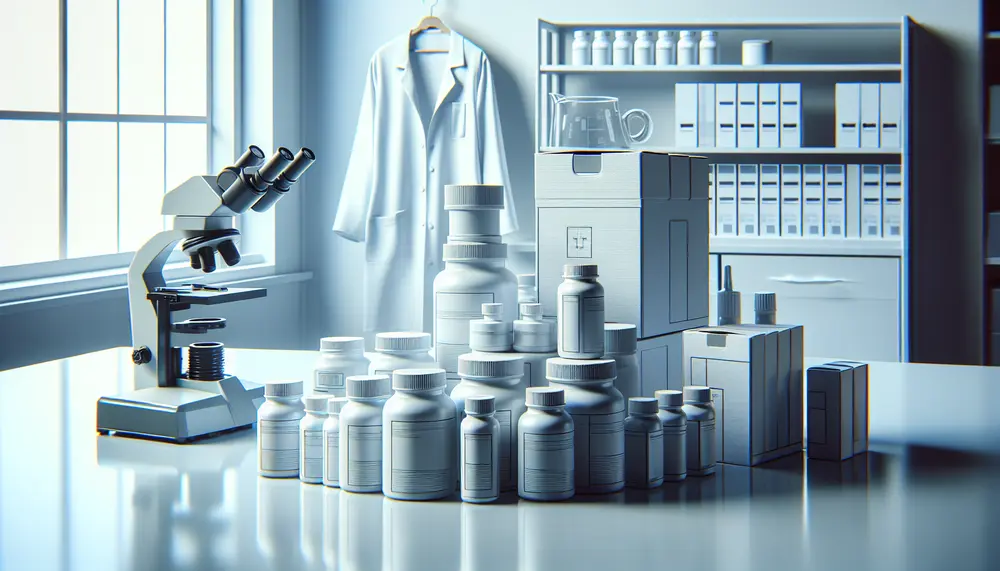
Everything You Need to Know About Pharmaceutical Packaging Work
Understanding Pharmaceutical Packaging Work Pharmaceutical packaging work involves the process of designing, evaluating, and producing containers and...
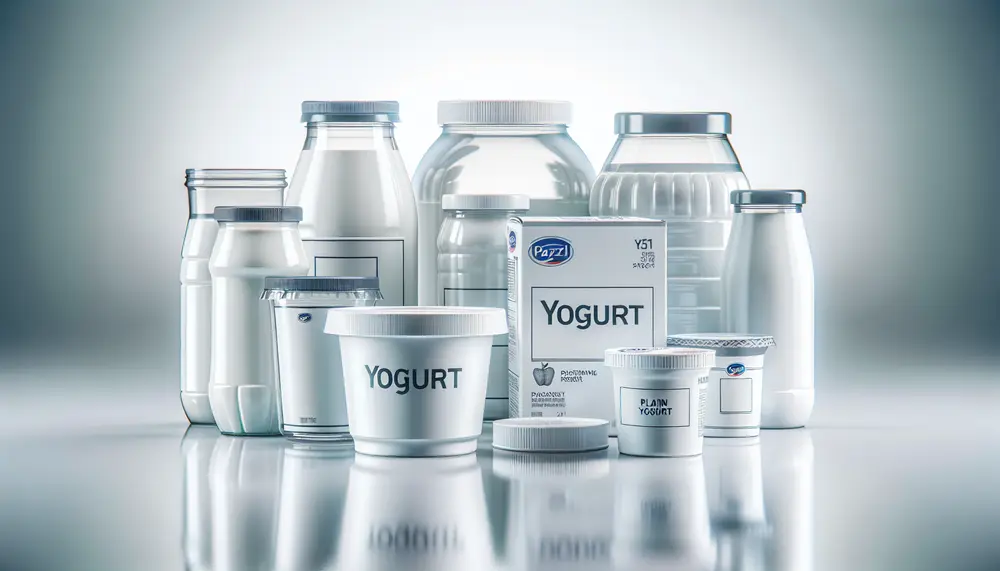
Preserving Freshness with Yogurt Packaging Materials
Understanding the Importance of Yogurt Packaging Materials The pivotal role of packaging in yogurt preservation cannot be overstated. At first glance,...
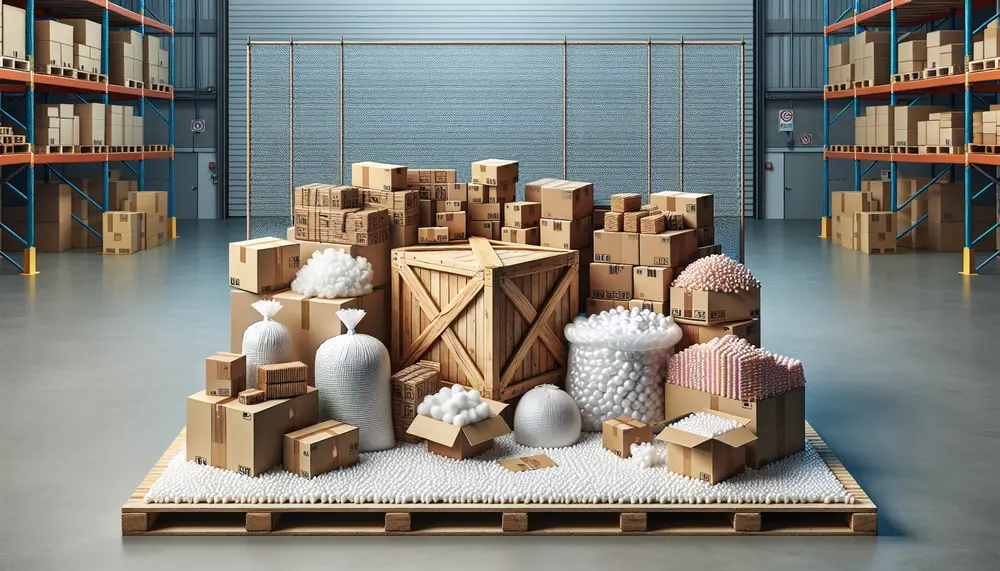
Packaging vs Packing: Understanding the Difference
Understanding the Basics: Packaging vs Packing When it comes to the world of goods transportation and product presentation, the terms packaging and pa...
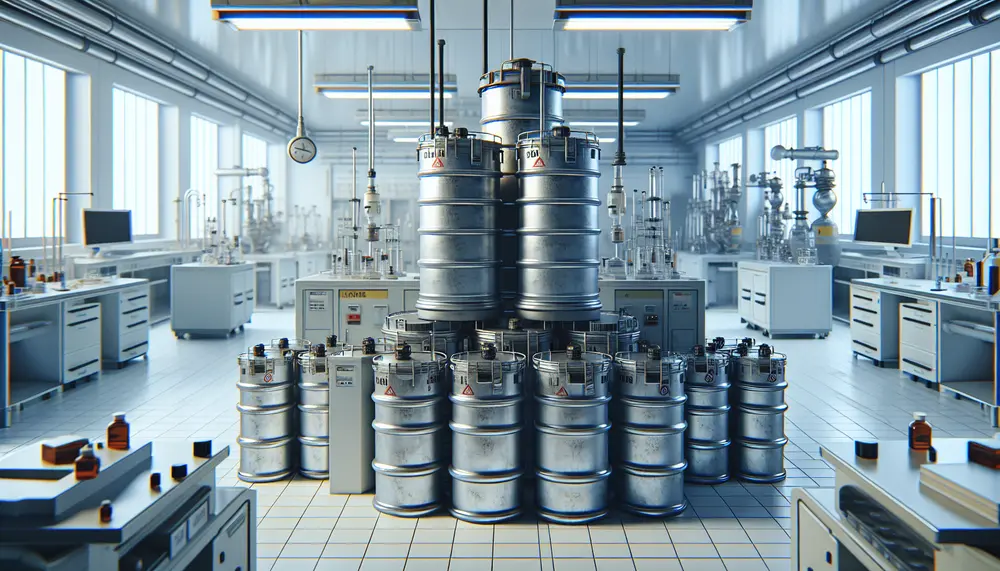
Acid Awareness: The Importance of Acid-Resistant Packaging
Understanding Acid and Its Impact on Packaging Materials When discussing acid in the context of packaging, it's essential to discern the unique charac...
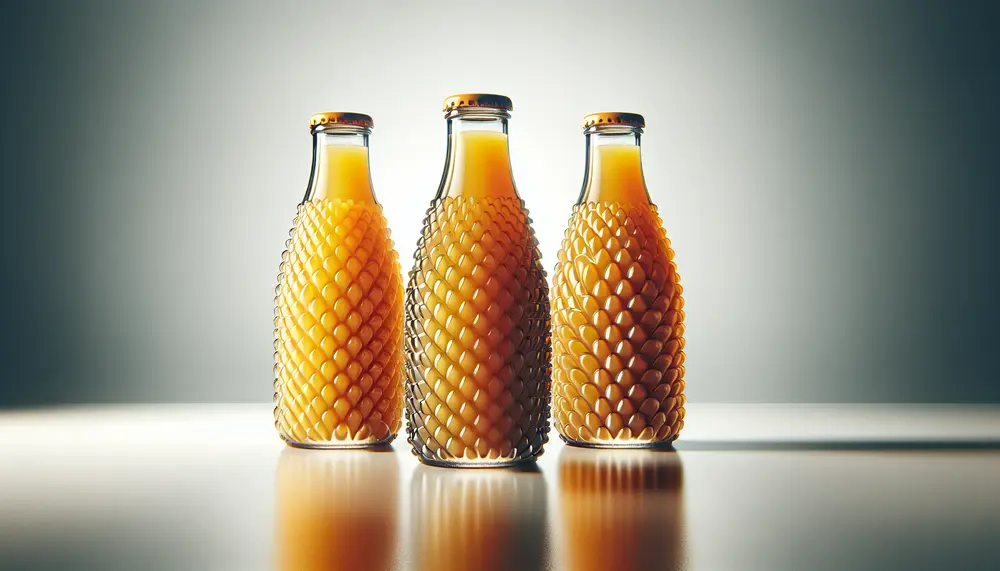
Squeeze of Style: Orange Juice Bottles that Stand Out
Understanding the Appeal of Unique Orange Juice BottlesWhen consumers stroll down the beverage aisle, it's the visually compelling that often leads to...
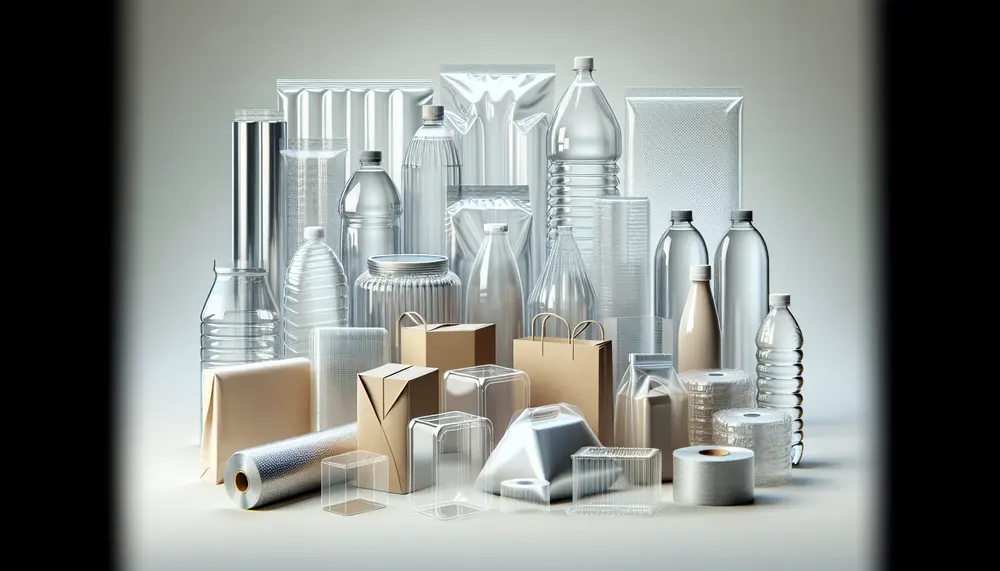
Barrier Breakthrough: The Role of Plastic Barriers in Packaging
Understanding Plastic Barriers in Packaging When discussing packaging solutions, the term plastic barrier often surfaces as a critical component in pr...
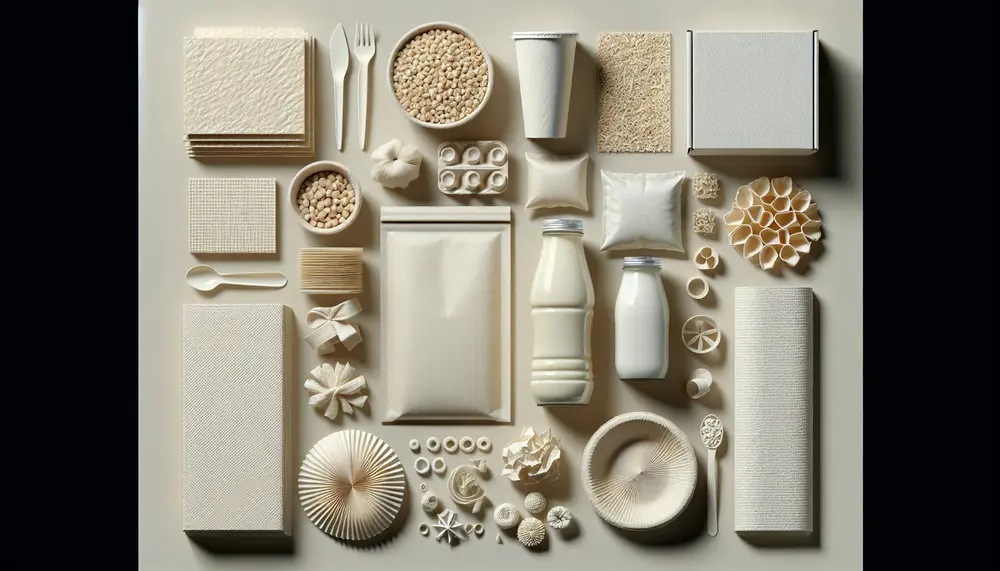
Cornstarch Creations: The Eco-Friendly Alternative in Packaging
Understanding Cornstarch and Its Eco-Friendly Potential Cornstarch, a fine powder made from the endosperm of the corn kernel, has found its way from ...
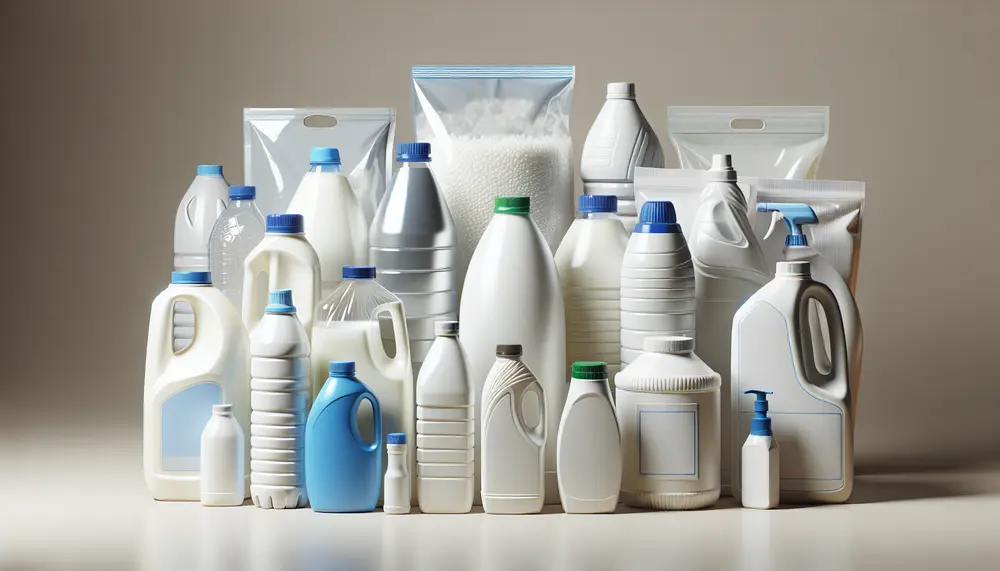
HDPE: A Deep Dive into High-Density Polyethylene
Understanding HDPE: What is High-Density Polyethylene High-Density Polyethylene, or HDPE for short, is a type of plastic that is prevalent in numerou...
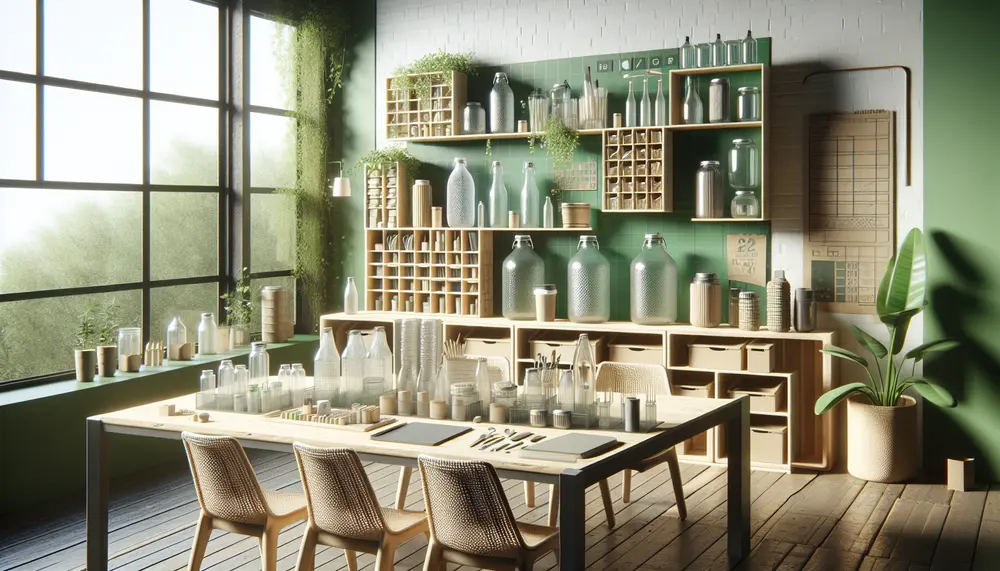
Circular Solutions: Pioneering Reusable Packaging
Understanding Reusable Packaging and Its Importance Reusable packaging signifies a shift towards sustainability in materials handling and logistics. ...
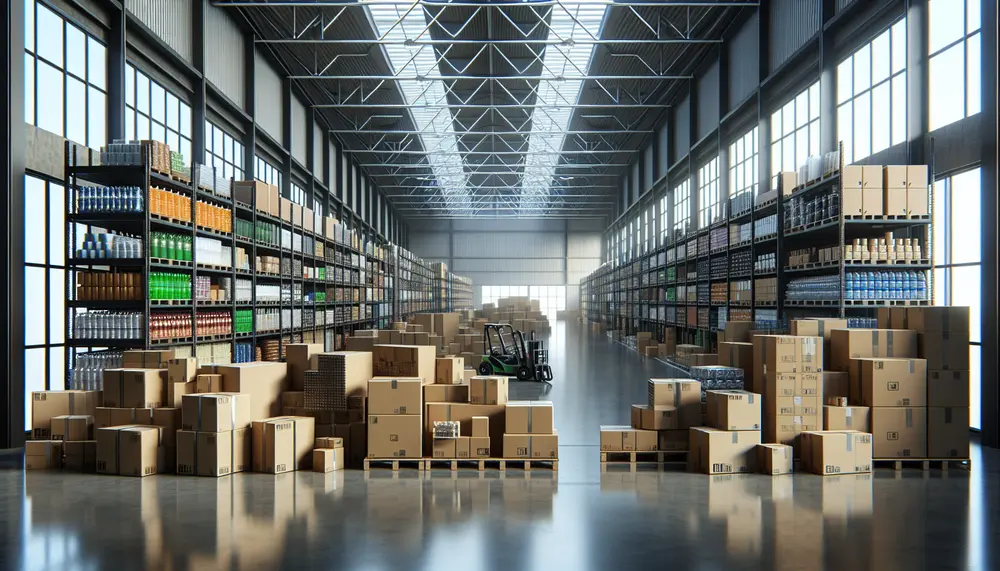
Packaging Giants: Inside the World’s Largest Packaging Producers
Understanding the World of Packaging Giants Welcome to the fascinating world of packaging giants. These colossal entities are much more than just comp...
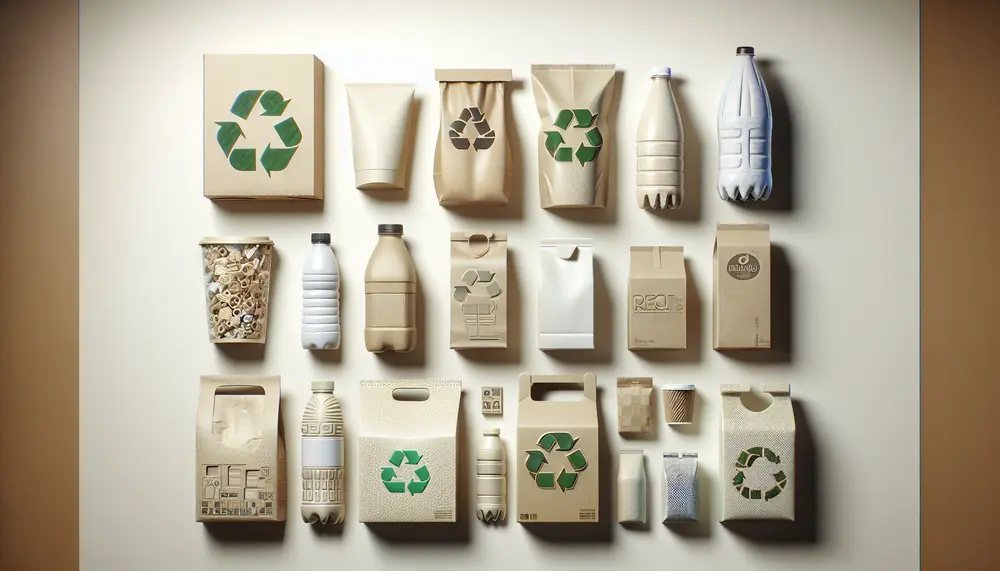
RPET Revolution: Turning Waste into Packaging Wonders
Understanding RPET Packaging and Its Impact on the Environment At the core of the RPET revolution lies the acronym RPET, which stands for recycled Pol...
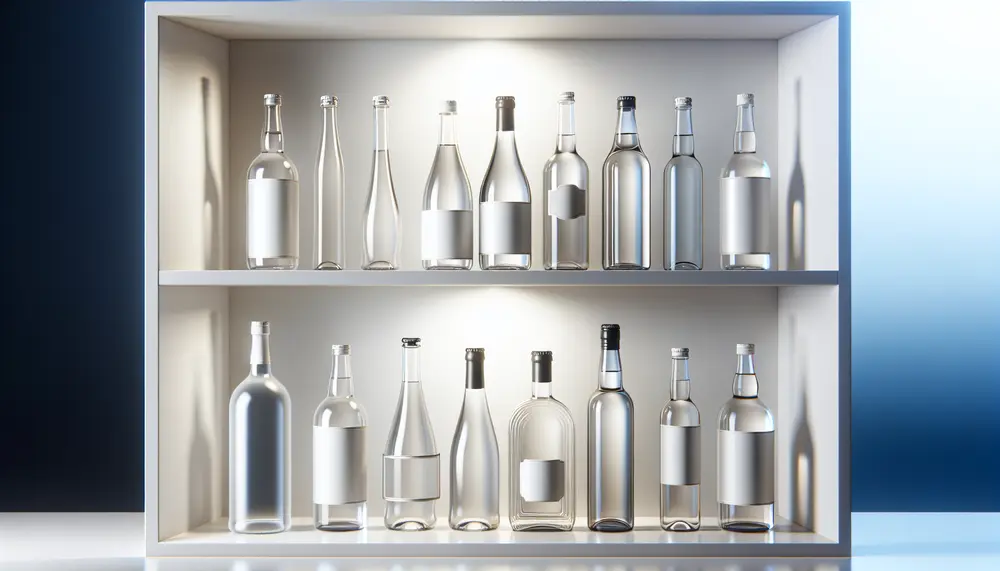
Liquid Luxury: The Art of Beverage Packaging
Understanding Beverage Packaging: The Gateway to Liquid Luxury Beverage packaging is more than a mere container for drinks; it serves as the gateway t...

Beauty Unboxed: Elegant Packaging for Cosmetic Products
Understanding the Importance of Packaging for Cosmetic Products When diving into the world of packaging for cosmetic products, we often first consider...

Clean and Contained: Plastic Packaging for Cleaning Agents
Understanding Plastic Packaging for Cleaning Agents When it comes to keeping our homes clean and hygienic, the role of cleaning agents cannot be overs...

Delicatessen Elegance: Refined Cups for Gourmet Experiences
Delicatessen Cups: The Ultimate Choice for Gourmet Presentations Imagine your next gathering, where every detail exudes sophistication and quality. Th...
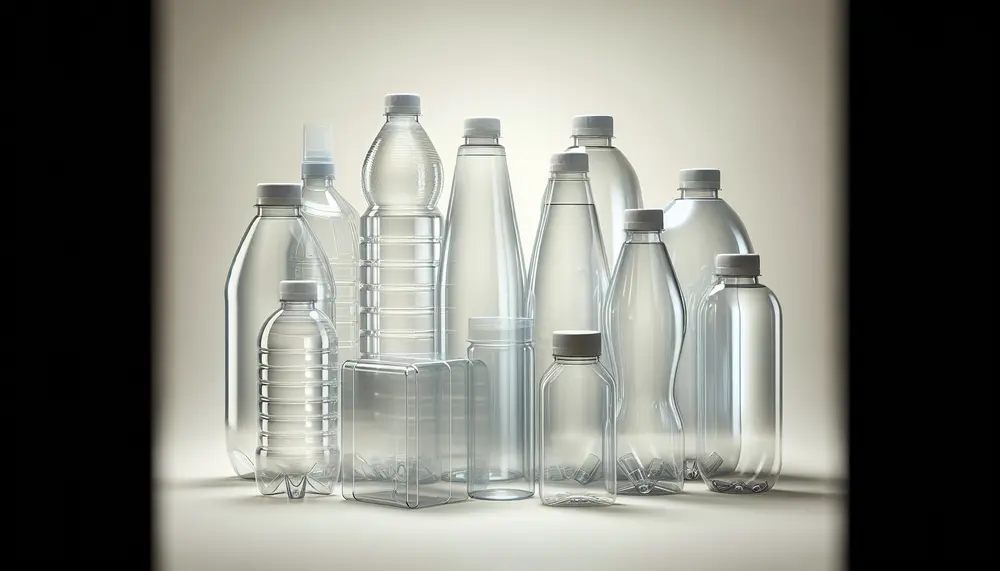
Eco Excellence: The Impact of 100% RPET Packaging
Understanding 100% RPET Packaging and Its Eco-Friendly Benefits In recent years, sustainability has become a crucial aspect of product packaging. 100...
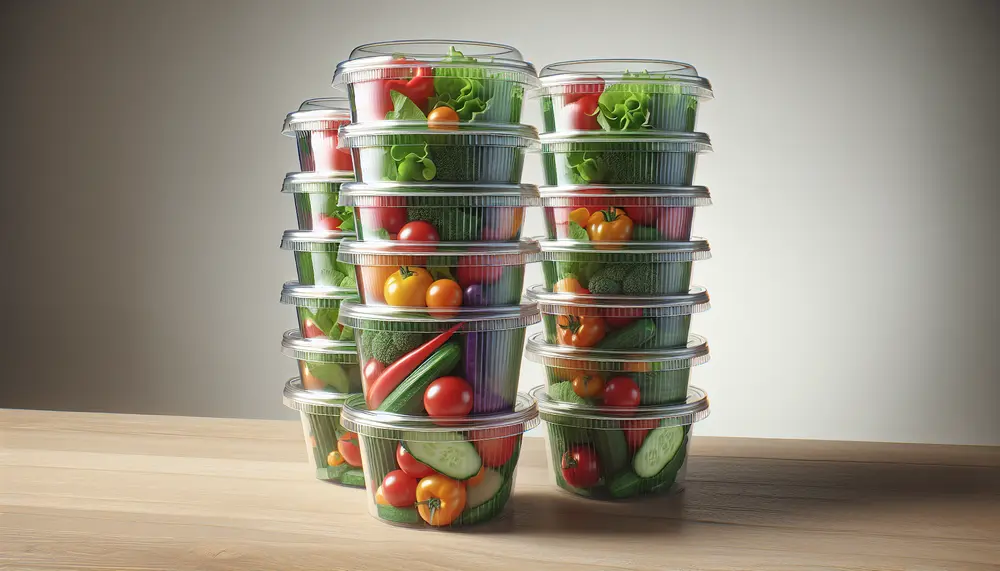
Sustainable Delights: Introducing RPET Delicatessen Cups
Understanding RPET and Its Role in Sustainable Packaging RPET stands for Recycled Polyethylene Terephthalate, which is a form of PET plastic that h...
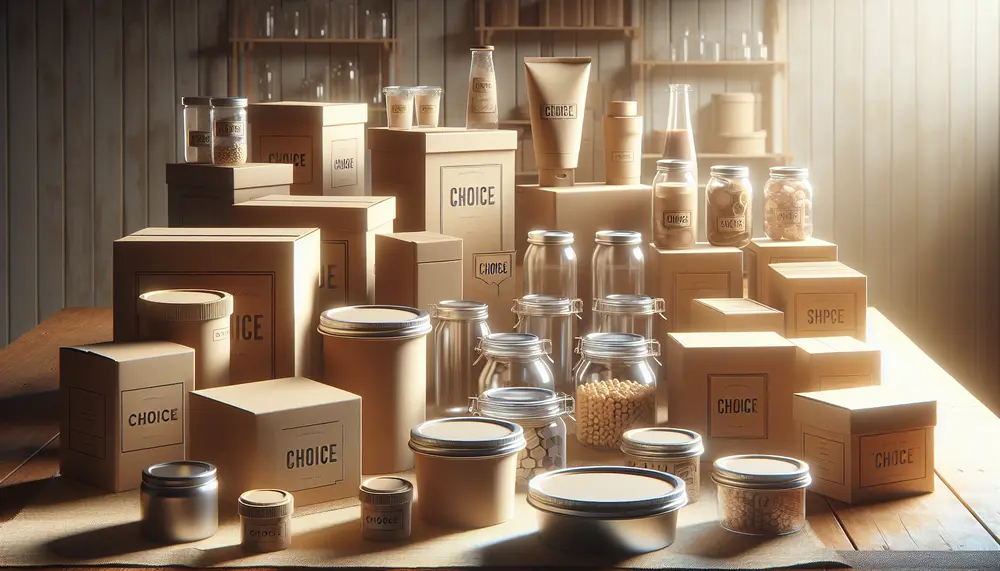
Choosing the Right Packaging Material for Your Desserts
Understanding Different Types of Packaging Materials for Desserts Picking the right types of packaging materials for desserts is a decision that can i...
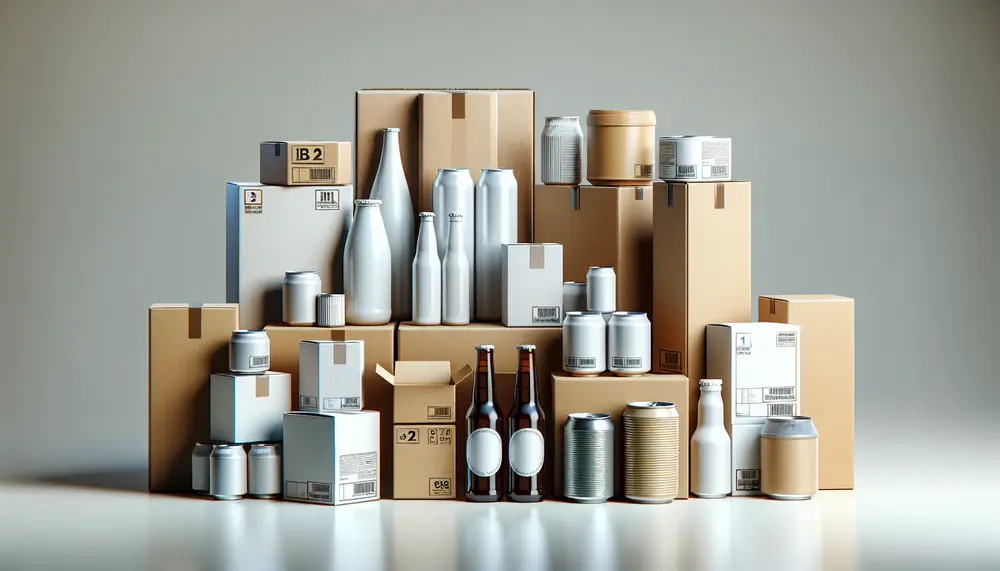
The Basics of Packaging Codes
Understanding Packaging HS Code and Its Importance The Harmonized System (HS) code is a globally recognized standard for classifying goods in interna...
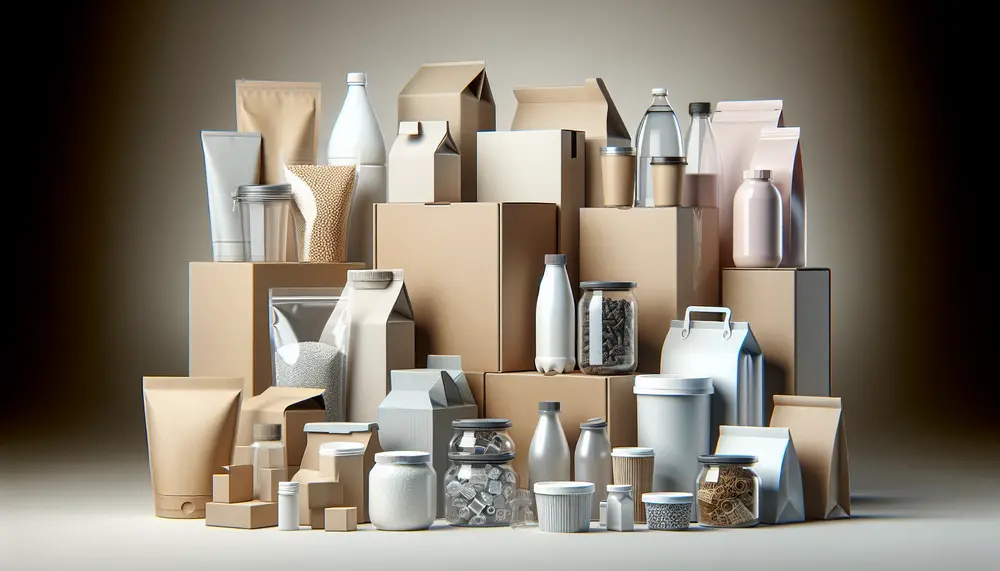
Unveiling the True Meaning of Packaging in Today's Market
Understanding Packaging Meaning in the Modern Market The concept of packaging meaning has undergone a dramatic transformation in recent years. No lon...
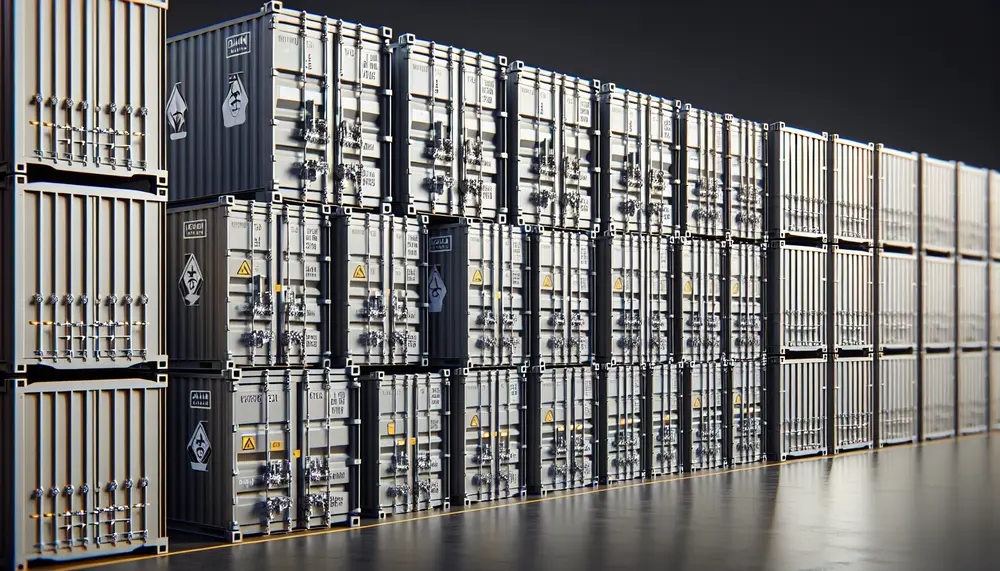
Secure Packaging Solutions for Radioactive Materials
Understanding the Basics of Radioactive Material Packaging When it comes to radioactive material, the packaging is not just about keeping the content...
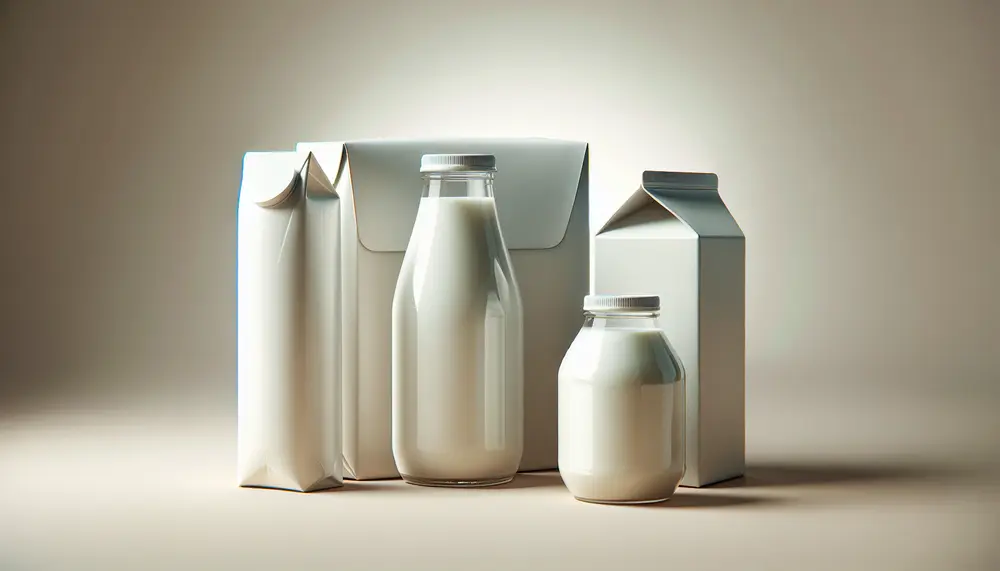
Exploring Different Types of Packaging Materials for Milk
Introduction to Milk Packaging Materials Welcome to our exploration of the diverse world of types of milk packaging material. Packaging plays a cruci...
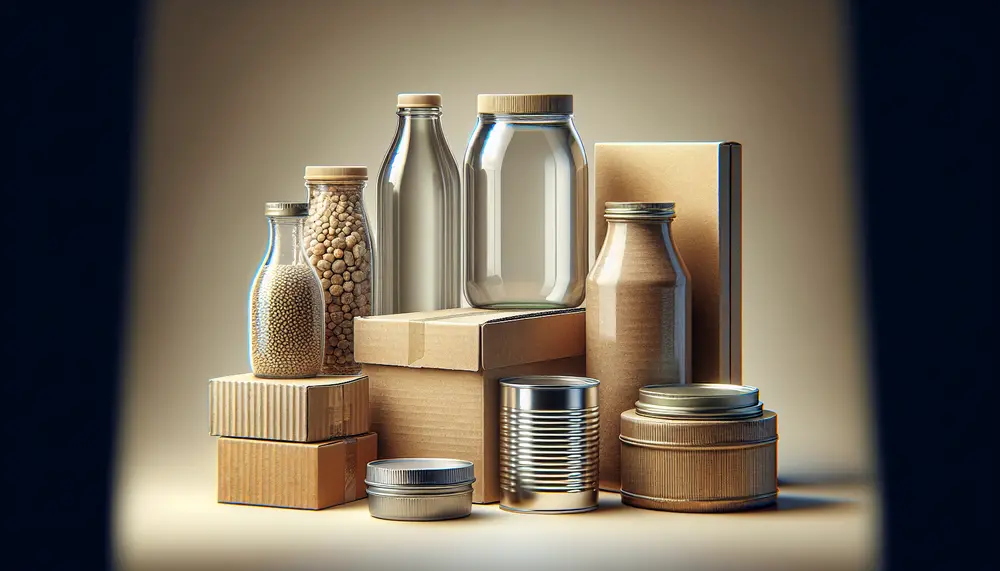
The Ultimate Guide to Types of Packaging Materials for Food
Understanding the Basics of Food Packaging Materials When venturing into the world of food packaging, it's essential to start with a clear understand...
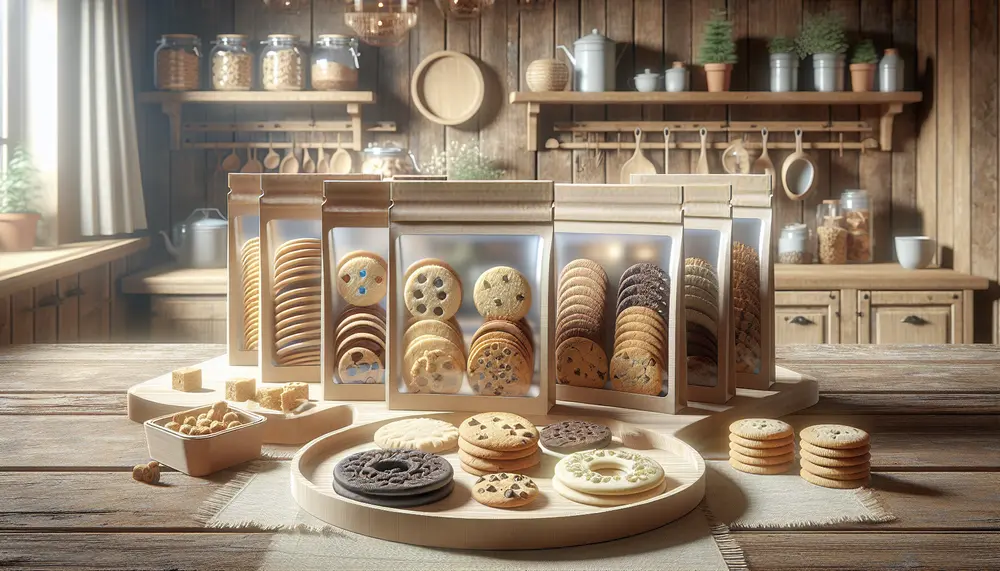
Sweet Packaging Solutions for Your Delicious Cookies
Sweet Packaging Solutions for Your Delicious Cookies Are you looking for ways to make your cookies stand out and stay fresh? The proper packaging for...
Top 10 posts with this tag

Cornstarch Creations: The Eco-Friendly Alternative in Packaging
Understanding Cornstarch and Its Eco-Friendly Potential Cornstarch, a fine powder made from the endosperm of the corn kernel, has found its...

The Basics of Packaging Codes
Understanding Packaging HS Code and Its Importance The Harmonized System (HS) code is a globally recognized standard for classifying goods in...

HDPE: A Deep Dive into High-Density Polyethylene
Understanding HDPE: What is High-Density Polyethylene High-Density Polyethylene, or HDPE for short, is a type of plastic that is prevalent in...

Choosing the Right Packaging Material for Your Desserts
Understanding Different Types of Packaging Materials for Desserts Picking the right types of packaging materials for desserts is a decision that...

Circular Solutions: Pioneering Reusable Packaging
Understanding Reusable Packaging and Its Importance Reusable packaging signifies a shift towards sustainability in materials handling and logistics. It involves the...

Sustainable Delights: Introducing RPET Delicatessen Cups
Understanding RPET and Its Role in Sustainable Packaging RPET stands for Recycled Polyethylene Terephthalate, which is a form of...

Liquid Luxury: The Art of Beverage Packaging
Understanding Beverage Packaging: The Gateway to Liquid Luxury Beverage packaging is more than a mere container for drinks; it serves as...

Packaging Giants: Inside the World’s Largest Packaging Producers
Understanding the World of Packaging Giants Welcome to the fascinating world of packaging giants. These colossal entities are much more than...

Clean and Contained: Plastic Packaging for Cleaning Agents
Understanding Plastic Packaging for Cleaning Agents When it comes to keeping our homes clean and hygienic, the role of cleaning agents...

Delicatessen Elegance: Refined Cups for Gourmet Experiences
Delicatessen Cups: The Ultimate Choice for Gourmet Presentations Imagine your next gathering, where every detail exudes sophistication and quality. This is...
